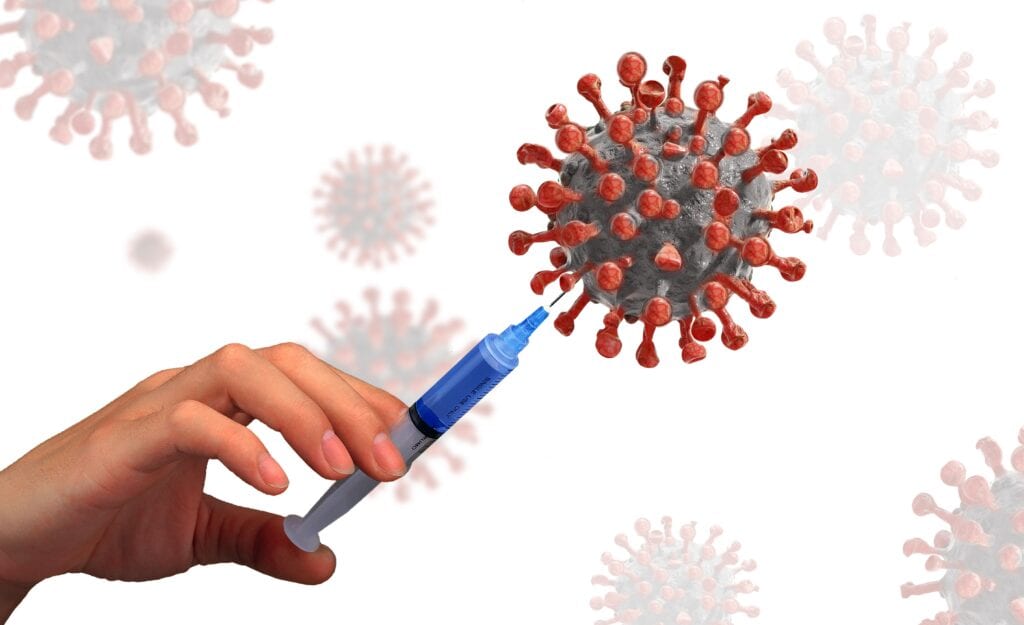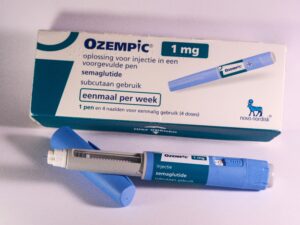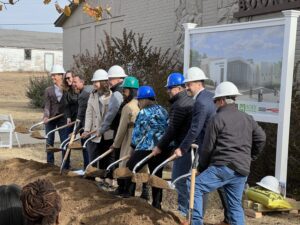Last October, Health and Human Services Secretary Alex Azar said “We may have up to 100 million doses by the end of the year, enough to cover [an] especially vulnerable population.” One month later, that number was reduced to 40 million doses. On December 10, Vice-President Pence, the head of the White House coronavirus task force, said 20 million Americans would be vaccinated by the end of December, and 100 million doses administered by the end of February 2021.
According to the CDC, as of January 11th, 8,987,322 Americans have received their first COVID-19 vaccination dose of the two-dose regimen. This represents a mere third of the 25 million doses that have been distributed to the states under the Operation Warp Speed program.
The United States has inoculated approximately 1 percent of its population with the initial doses. Israel on the other hand has inoculated around 12 percent due to having a national distribution plan in place. This has put Israel at the forefront of vaccinating its population.
Although the federal government assisted in the acceleration of the development and approval of safe and effective vaccines, It failed to implement a coordinated national distribution plan and left it up to individual states. This means there are 50 different rollout plans.
As was the case with providing sufficient personal protective equipment, the current administration placed the burden on the states which were ill-equipped to handle this massive endeavor.
“You don’t need 50 different states trying to do this kind of work,” Dr. Michael Osterholm, an infectious disease expert at the University of Minnesota and a member of Biden’s COVID-19 advisory board told reporters. “What you want to have is a smorgasbord of information sources that address different populations that any one state can use. That’s what we don’t have right now.”
On Monday, Michigan Governor Gretchen Whitmer requested permission from the Trump administration to directly purchase 100,000 doses from Pfizer. “We remain ready to accelerate distribution to get doses into arms,” she told Alex Azar.
New York City Mayor Bill de Blasio has pledged to vaccinate 1 million New York City residents by the end of January. However, he recently told reporters that the state will run out of the vaccine unless the federal government sends more doses.
New York Governor Andrew Cuomo lamented, “We only receive 300,000 doses per week from the federal government. At this rate, it will take us 14 weeks, just to receive enough dosages for those currently eligible.”
State health departments are underfunded, understaffed and a number of department administrators are receiving death threats. Some states are opening “mega-sites” such as stadiums, to vaccinate thousands per day, others are utilizing the National Guard. However, without a coordinated national response, these efforts simply amount to “throwing spaghetti at a wall to see what sticks,” according to Chrissie Juliano of the Big Cities Health Coalition, which represents metropolitan health departments.
An ongoing investigation by The Associated Press and Kaiser Health News has shown that state and local health agencies have underfunded for decades. Many Public health officials have warned legislators since the start of the pandemic that they did not have the staff, money, or resources they needed to implement large-scale inoculation. Funds were not approved until the end of December.
Another problem slowing the initial vaccinations is a startling number of health care workers who have refused to take the vaccine. James Garrow, a spokesman for the Philadelphia health department, opined that a “nationwide public education campaign” could have helped address this disturbing development. Other health experts have stated that a “wartime effort” is needed to expeditiously vaccinate as many people as possible.











